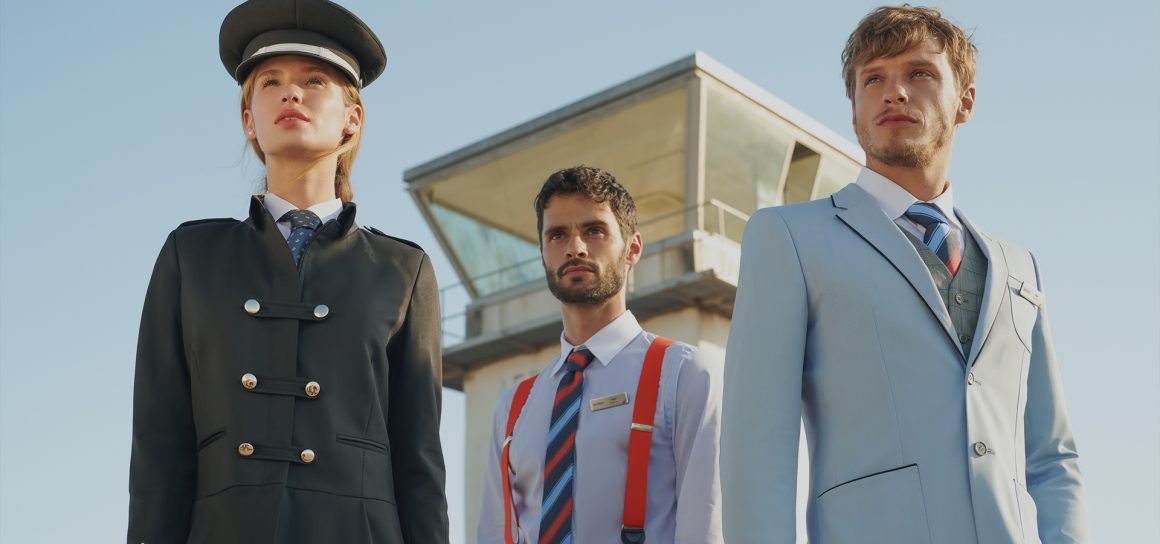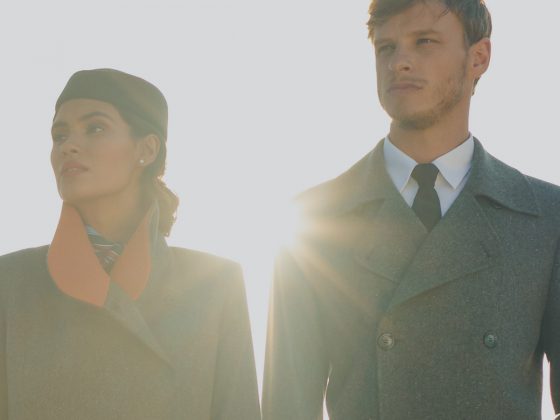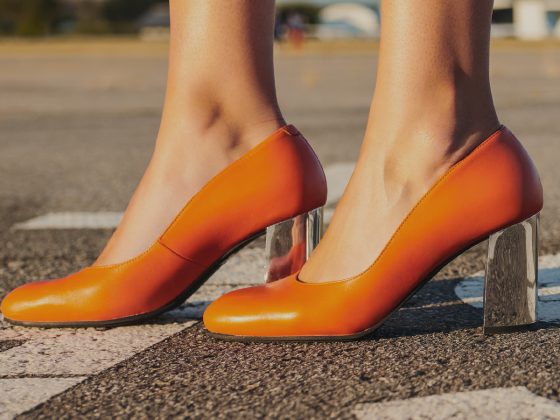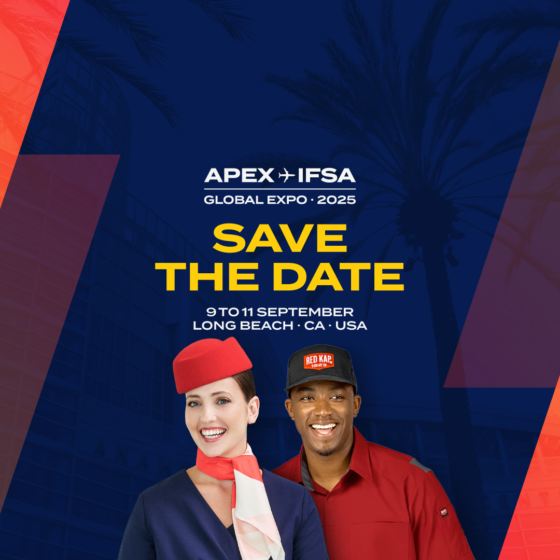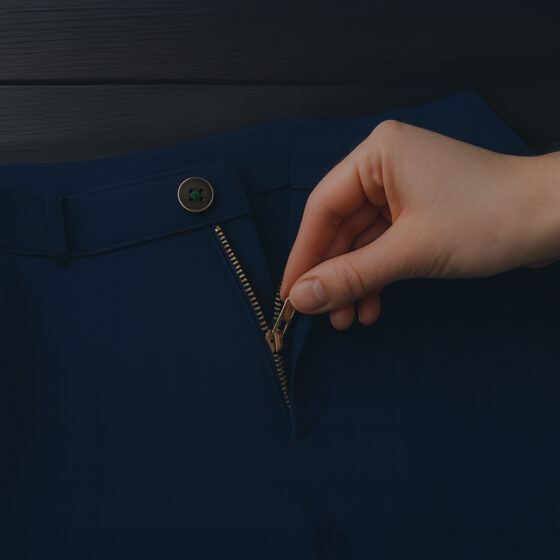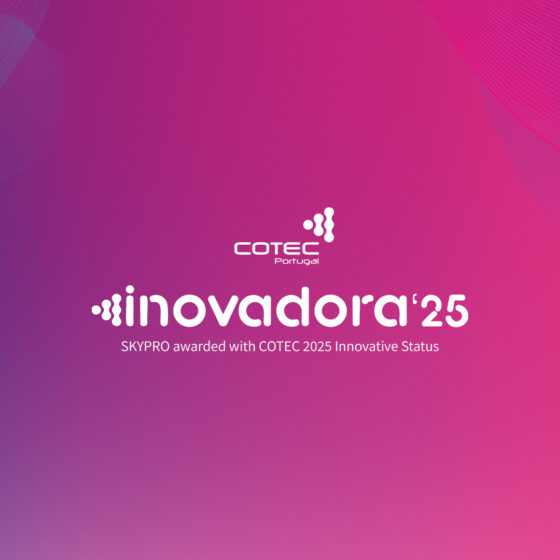Designing uniforms and garments for professionals is a very complex assignment as it implies a number of factors to be considered, much of them highly scientific and technological – they must be absolutely integrated with its functions of use, operational and aesthetical.
For this reason, product designers should apply all their creativity into finding ergonomic solutions which can be morphed with fashion demands. Aesthetic-formal patterns and styles of appearance, performance, stability, safety and other related primarily to the choice and specification of materials (such as durability, impermeability, flexibility, breathable fabrics, amongst other) or processes and methods of production are only a few of the many specifics to be considered when developing professional garments.
When considering airline uniforms we should also have in mind that they should be meaningful, reflecting globalism through tradition and commitment, in a natural fashion.
Flight Attendant uniforms must be designed to enable these professionals to fulfil their responsibilities in all their tasks, including emergency situations, meaning that uniforms must be produced out of suitable fabrics, be durable and comfortable over time, climates, job duties and operating conditions. Moreover, uniforms should easily distinguish flight attendants as crewmembers and safety professionals.
Higher quality garments are less likely to be made of inferior fabrics with chemical content issues. Natural fibres, without chemical additives, make for the best fabrics and it should be an important requisite to ensure wellbeing, safety and performance of the uniforms and for those wearing them.
Better quality uniforms, besides looking more professional also wear and fit better, wash better and are more comfortable. It may involve a higher investment upfront, but it will beyond doubt pay off as uniforms will not only wear better and be more suitable to the crews’ needs, but they will also last longer.
Although the designer is the expert, it is always of great benefit to survey the professionals that will wear the garments, deeply understanding their needs and expectations as well as involving them in the process and relying on their proficiency for testing the product before it is considered finished. This is what we call a user-centred design approach and it is one way to reduce the gap between designers’ and users’ thinking differences. All inputs are valuable and a part of the process once they can result into crucial improvements for the design project.
The users’ involvement in the project development guarantees that it will be more adequate for its end use and situation environment, leading to the development of more effective, efficient and safer products.
On top of all the mentioned requirements, the designer must also be able to introduce modernity and fashion onto the products, ensuring they are attractive and interesting, while (somewhat!) timeless.
Only through a deep knowledge and understanding off all fabrics and materials, production methodologies and possibilities, along with style trends, the designer will be able to mix everything into a blend of solutions to build a unique result capable of accomplishing the users’ requests and wishes.
Users’ needs in addition to forms, materials and other details establish the base of uniform design. Combining these elements will allow the designer to ensure the performance, security and comfort of uniforms, while making them appealing and desirable for everyone in touch with it.
